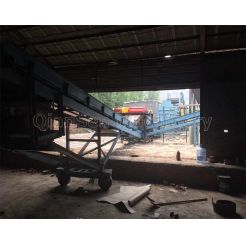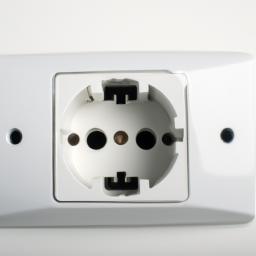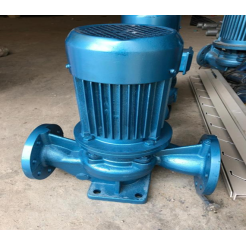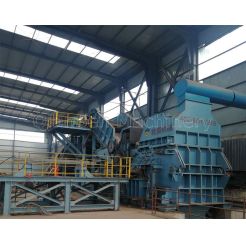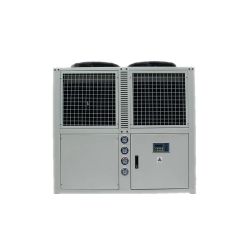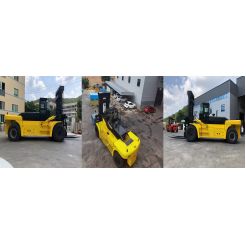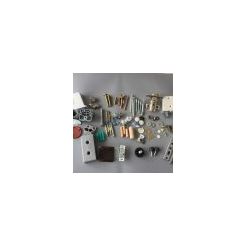Cold cut saw blade
Cold cut saw blade is designed for cutting carbon steel and alloy steel in a variety of sizes and shapes. They are used in flying or stationary sawing machines for tube production lines or for cutting steel profiles. Optimized for an extra long blade life and no cracking diameters are available from 1000-2400mm.
Product Description
Cold cut saw blade is designed for cutting carbon steel and alloy steel in a variety of sizes and shapes at very high peripheral speeds and material temperatures below 250° C. They are used in flying or stationary sawing machines for tube production lines or for cutting steel profiles. Optimized for an extra long blade life and no cracking diameters are available from 1000-2400mm. The high peripheral speed causes the work piece to melt and the hot steel is swept out of the cut. Although the process compromises cut quality most applications prioritize cutting speed to meet the demands of high volume production.
Using condition: In normal temperature
For cutting head and end of small size steel bar, cut to length of steel bar of medium carbon steel and alloy steel.
For cutting ERW tube and pipe, high frequency welded tube and pipe, square and round tube and pipe of carbon steel.
For cutting hot rolled and cold formed profile, angle steel and channel steel of medium carbon steel and alloy steel.
Features
Cold cut saw blade under 1000mm is characterized by high hardness above 40HRC, good abrasive resistance of the saw body, good surface quality after cutting, and high cutting speed.
Cold cut saw blade above 1000mm are made by two hardness, body hardness and teeth hardness, the teeth hardening is by flame or electrode hardening to 44-58HRC.
Specification
|
Diameter(mm) |
Center Hole(mm) |
Thickness(mm) |
No. of Teeth |
|
800 |
70,110 |
5,6,7 |
180,280,360,220 |
|
900 |
110,300 |
5,6 |
180,220 |
|
1000 |
120,140,160,300 |
5,6,7 |
240,280,300,320,348 |
|
1100 |
300 |
6 |
198,340 |
|
1200 |
100,160,300 |
6,7,8 |
220,276,400 |
|
1300 |
340,360 |
6,9 |
216,340 |
|
1500 |
180,300,360 |
7,8 |
220,248,276,318 |
|
1600 |
300,480 |
7,8,9 |
248,276,318,410,440 |
|
1650 |
400,500 |
9,10 |
350,410 |
|
1700 |
320 |
9,10 |
588 |
|
1800 |
400,550 |
9,10 |
297,370,600 |
|
2000 |
500 |
10,12 |
275,380,660 |
|
2100 |
500 |
13,14 |
400,600 |
|
2200 |
400 |
14 |
384,380,580 |
|
2500 |
500 |
15 |
400,580,660 |
Tooth profile
Parrot tooth
Suited for cold cutting of small diameter tubes, profiles and beams by flying saw machine.

Pendulum tooth
Suited for hot and cold cutting of large size tubes, profiles, beams and solid materials

Slant teeth
Suited for hot and cold cutting of large size tubes, profiles, beams and solid materials

Saw blade material
It is mainly used Chromium-vanadium steel or manganese vanadium steel, such as 45Mn2V ,80CrV2, 8CrV, 75Cr1 etc.
Cutting for profile
The cold cut saw blade in usage can be arranged to cut H beams and I beams single or in row of 3 or more pieces


Improve performance in application
First of all, the selection and optimization of the tooth shape of the saw blade is realized in the production application. Some unsuitable tooth shapes are gradually eliminated, such as slaughter teeth, which were mainly used to cut H-beam steel. In the actual application, it is found that due to the large section and high temperature of the cutting piece, the saw blade often has serious tooth jam, resulting in the reduction of the sawing efficiency, the increase of the working current of the saw machine, and the difficulty in grinding the saw blade, and the low efficiency. Therefore, after research and practice, it was found that the pendulum teeth and space teeth were more suitable for the cutting conditions of H-beam steel, with sharp tooth tip and large spacing, which improved the cutting efficiency and also solved the problem of tooth jam.
Secondly, in terms of material selection, 65Mn material was initially used, because this material has high carbon content and high cutting strength, but it is easy to crack and drop block during use, affecting the service life of the saw blade. Later, the 45Mn2V material with better toughness was used, which greatly improved the problem of cracks and drop blocks.
Third, in the grinding of the saw blade, there is generally no problem in the grinding part, as long as it is consistent with the original tooth shape, but when hardening, pay attention to some operation details, whether it is flame hardening or electrode hardening, pay attention to the hardening range is only limited to the tooth tip, not to the tooth root or tooth slot, if the hardening range is extended to the tooth root or tooth slot, It will cause cracks or tooth loss when the saw blade is used again.
How to solve small cracks on saw teeth
Export area
In addition to its use in domestic steel mills, our friction saw blades are also exported to steel mills in Russia, Vietnam, Thailand, India and other countries, mainly used for cutting large H-shaped steel, angle steel, round steel, etc.
RFQ
How to have a basic understanding of the customer's usage without being able to arrive at the site?
The information parameters we need to know include flange diameter, travel, sawing height, width, sawing piece thickness, feed speed, saw blade speed, cutting temperature, motor power, cooling water pressure, saw blade hardness, etc.
Email: yfmachinetech@hotmail.com
Mob.: +86 153 2425 0935
Tel.: +86 315 287 3612
Fax: +86 315 287 3612
WeChat: +86 153 2425 0935
Skype: YFMACHINE
Whatsapp: +8615324250935
Add.: Mengzhuang Village, Xige Town, Tangshan City, Hebei Province, China.




